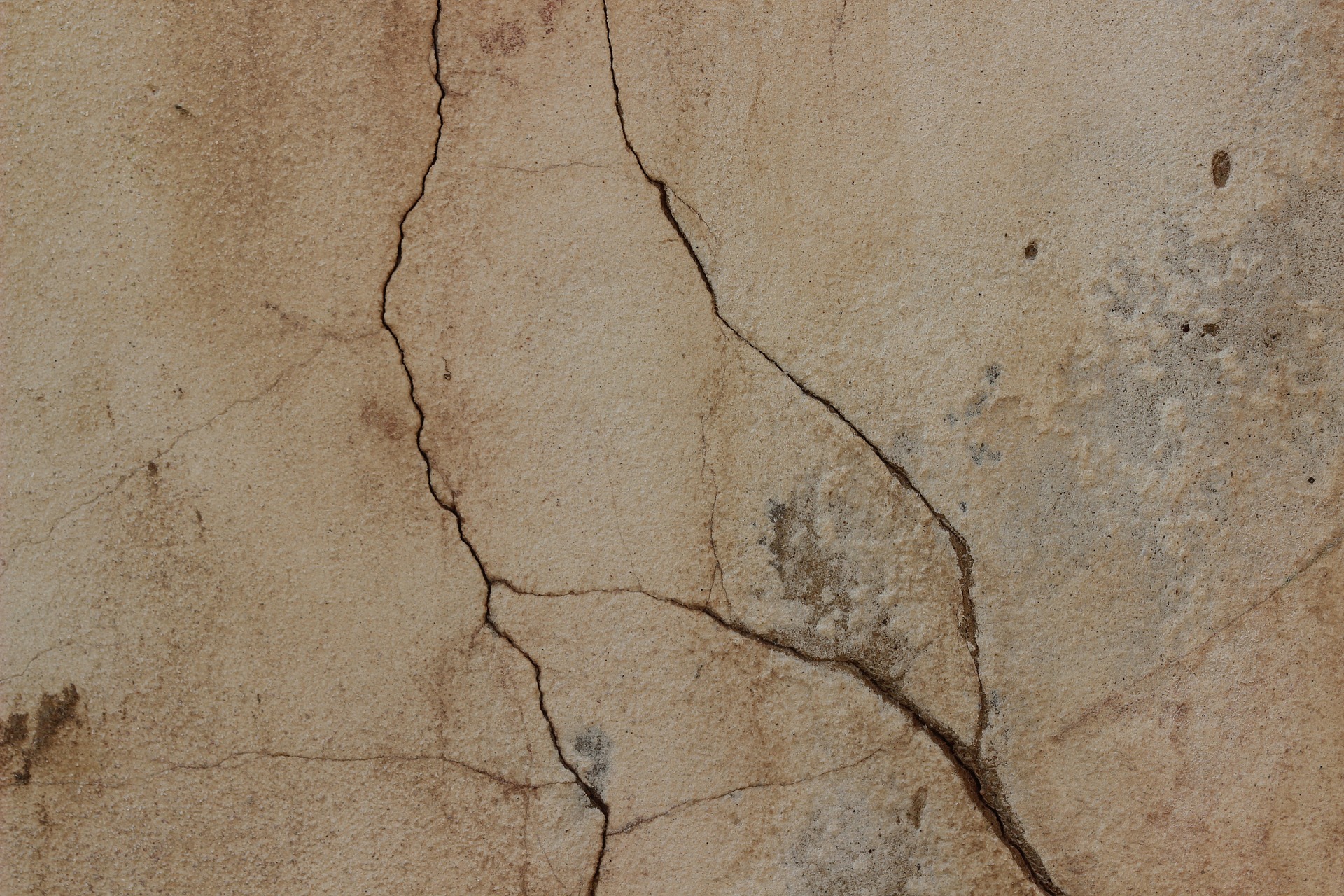Subsidence: What is it, How to Spot it and Fix it
Subsidence. A word no homeowners wants to hear and something that you should look out for when you’re buying a property.
What is Subsidence?
Subsidence is when the ground underneath a property is sinking – pulling and shifting the property’s foundation down with it. It can happen with any type of home but it seems to be most common in detached and semi-detached houses.
What can cause subsidence?
Subsidence can be caused if the property is built on unstable ground. It can also be caused by extreme weather which can cause the ground to get unusually dry or by the roots as they push through the soil, destabilising the ground around them.
Leaking drains can also be an issue as the moisture slowly erodes the soil beneath your home.

What are the Signs of Subsidence?
Subsidence is most likely to be spotted when a surveyor inspects a house when you’re buying it. However, there is some warning signs that you will be able to spot even when you’re not an expert.
Things to look out for when checking for subsidence:
Cracks both inside and out
Many homes have cracks, usually form when the building settled when it was first built. The cracks from settling tend to be relatively cosmetic and confined to internal walls while cracks caused by subsidence are visible inside and out.
Cracks that look narrow at one end than the other
Cracks caused by subsidence are wider at one end because of the wall moving away from the other.
Cracks around the doors and windows & blown tiles
As the grounds move and wall contort, tile adhesive can crack and walls can separate from door and window openings.
Doors and windows aren’t closing properly or sticking
Subsidence can cause door and window frames to twist and shift which can lead to doors and windows getting stuck or failing to close completely. Older properties might have doors and windows that may have rusted hinges or been painted shut – just because something doesn’t open, you shouldn’t assume its subsidence.
Wallpaper that’s wrinkled
As a wall shifts, wallpaper tears and wrinkles normally at the point where the walls and ceilings join. Again, it’s best not to assume that it’s subsidence because the wallpaper has wrinkled, the wallpaper may have been put up poorly.
What houses are at risk of subsidence?
Houses that are built on clay soil are more likely to experience subsidence. Clay soil can shrink, crack and shift during hot and dry weather, making the ground unstable with possibilities of causing the foundations of your property to sink.
In London, many of the properties are built on London Clay are at greater risk of developing subsidence. London Clay is one of the most shrinkable of soil types and is highly susceptible to changes in volume depending on its water content.
As mentioned before, property type doesn’t normally influence the risk of subsidence but a lot of houses built in the Victorian and Edwardian eras have shallower foundations. With the shallower foundations, it can make them more susceptible to damage from movement in the ground.
How to prevent subsidence?
Trees and shrubbery around your property can increase the risk of subsidence as they absorb water which can make the soil drier. It’s suggested to plant anything at least five metres away from your property.
Another issue that trees can bring is that if they are planted too close to your house and they have large roots, any extreme weather can cause the trees to be lifted or fall over. As a knock-on effect, the large roots can affect the grounds around your property.
Lastly, you should also make sure you’re keeping your pipes and drainage systems are well maintained to stop water leaking into the soil underneath your house.
What can I do if my house is subsiding?
Subsidence is fixable and can usually be remedied without knocking down walls or digging up floors.
Before you start any work check your buildings insurance as your insurer should be able advise what you need to do if you’re covered.
- A surveyor might just keep an eye on your property and it’s not getting any worse, you might just need to repair the cracks with metal fixings and filler
- If the cracks continue to get worse, a surveyor might want to take a soil sample or a closer look at the foundations. If the house continues to move, you might need to underpin your home (adding a new layer of solid foundation below the ground)
- In the worst and rare cases, you may need to rebuild areas of your home.
Underpinning and further actions can be quite pricey so make sure you get all the right checks when you’re buying a home and that you’re covered for all eventualities when you take out insurance.
Get in touch with our team on 01270 443510 or 020 3984 0375 to discuss all your mortgage requirements. Alternatively, complete our contact us form and a member of our team will be in touch with you as soon as possible.
